
Cuisine
South American cuisine
South American cuisine varies widely depending on the region, but is generally characterized by its use of fresh ingredients and bold flavors. Indigenous ingredients like quinoa, potatoes, and corn are staples of many South American dishes, while European influences can be seen in dishes like empanadas and stews. African influences are also present, particularly in the cuisine of Brazil and the Caribbean. South American cuisine is known for its use of spices and herbs like cumin, coriander, and oregano.
Typical ingredients
Quinoa, Potatoes, Corn, Beans, Rice, Beef, Chicken, Pork, Fish, Seafood, Tomatoes, Peppers, Onions, Garlic, Cumin, Coriander, Oregano, Lime, Cilantro
Presentation and garnishing
South American dishes are often served with rice and beans, and are garnished with fresh herbs and lime wedges. Grilled meats are a popular main course, and are often served with chimichurri sauce. Empanadas are a popular snack or appetizer, and are typically filled with meat, cheese, or vegetables.
The Amazon rainforest, which covers much of South America, is home to over 2.5 million species of insects. The region is also known for its music and dance, including the samba and tango.
More cuisines from this region...
Brazilian cuisine, Argentinian cuisine, Colombian cuisine, Peruvian cuisine, Venezuelan cuisine, Chilean cuisine, Bolivian cuisine, Ecuadorian cuisine, Paraguayan cuisine, Surinamese cuisine
History
South American cuisine has a long and complex history, dating back to pre-Columbian times. The indigenous people of South America developed sophisticated agricultural techniques, and their diet included a wide variety of plants and animals. With the arrival of the Spanish in the 16th century, new ingredients like wheat, rice, and livestock were introduced. African slaves brought to South America also contributed to the cuisine, bringing with them their own culinary traditions. Today, South American cuisine continues to evolve and adapt to new influences.
Cultural significance
South American cuisine is an important part of the region's cultural identity. It is often served at festivals and celebrations, and is a source of national pride. The cuisine also reflects the region's diverse population and history.
Health benefits and considerations
South American cuisine is generally healthy, with an emphasis on fresh ingredients and grilled or roasted meats. However, some dishes can be high in calories and fat, particularly those that are fried or served with rich sauces. It is important to practice moderation and balance when enjoying South American cuisine.
South American cuisine dishes Browse all »

Smothered Pork Chops
Smothered Pork Chops is a traditional Southern dish that consists of pork chops cooked in a rich gravy.

Thin Fried Catfish
Thin Fried Catfish is a classic Southern dish that is crispy, crunchy, and full of flavor. The dish is made with thin catfish fillets that are coated in a mixture of cornmeal...

Alfajores
Alfajores are a traditional South American cookie that are typically served during special occasions such as weddings and holidays. These sweet treats are made with a...
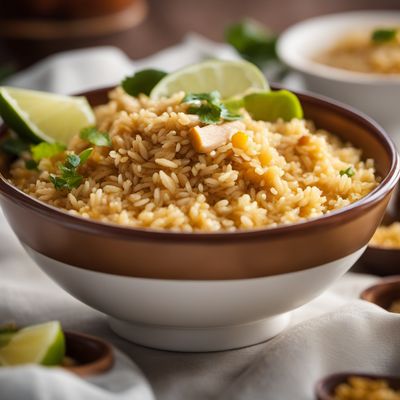
Carolina Gold
Carolina Gold is a traditional Southern rice dish that is made with long-grain rice, chicken broth, and spices. It is a flavorful and comforting dish that is perfect for a...

Collards and Cabbage
Collards and Cabbage is a traditional dish from the Southern United States, made with greens and bacon.
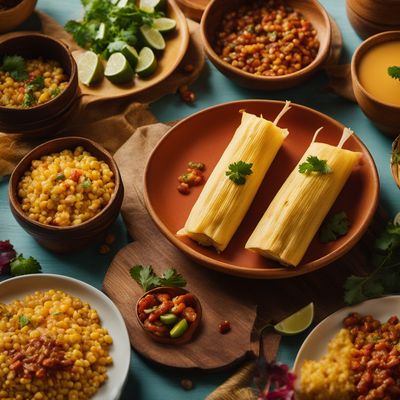
Humita
Corn Tamale
Humita is a traditional South American dish made from fresh corn. It is a type of tamale that is filled with a mixture of corn, cheese, and spices, and then wrapped in corn...

Chocolate Gravy
Chocolate Gravy is a sweet and decadent sauce that is perfect for breakfast. It is a traditional Southern dish that is typically served over biscuits.

Southern Fried Crappie
Fried crappie fish
Southern Fried Crappie is a classic Southern dish that is easy to prepare and delicious to eat. The dish is made by coating crappie fillets in a seasoned cornmeal mixture and...
South American cuisine recipes Browse all »
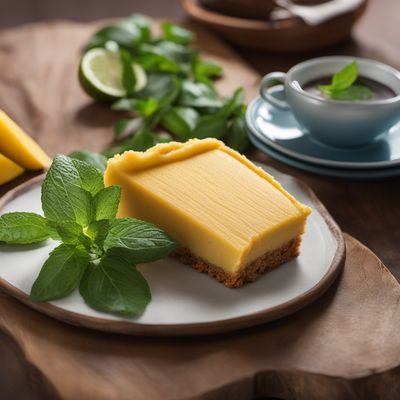
South American-style Topfentorte
Tropical Delight: South American Twist on Topfentorte

Gyeongdan Balls with a South American Twist
Samba Gyeongdan: A Fusion of Korean and South American Flavors

Crispy Catfish Delight
Golden Crunch: Crispy Catfish with a South American Twist

Ají de Lengua with a South American Twist
Spicy Tongue Stew: A South American Delight

South American-inspired Spiced Pumpkin Empanadas
Pumpkin Fiesta Empanadas: A South American Twist on Momiji Manjū

Smoky Bologna Delight
Sizzling South American Smoked Bologna Sausage
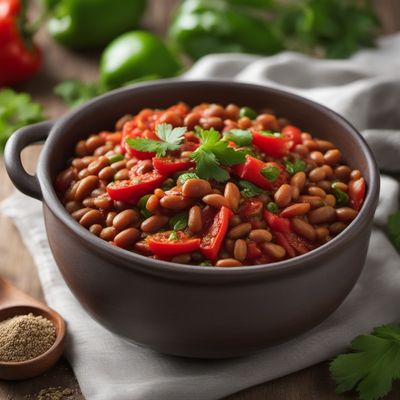
South American Bean Delight
Samba Beans: A Flavorful South American Delight

Red-Eye Gravy with a South American Twist
Café con Sabor: A South American Twist on Red-Eye Gravy

South American Almond Cookies
Delicious Almond Delights: South American Almond Cookies

Jing Jiang Rou Si with a South American Twist
Savory Pork Stir-Fry with a South American Flair

South American Caramel Flan
Delicioso Dulce de Leche Flan: A South American Delight
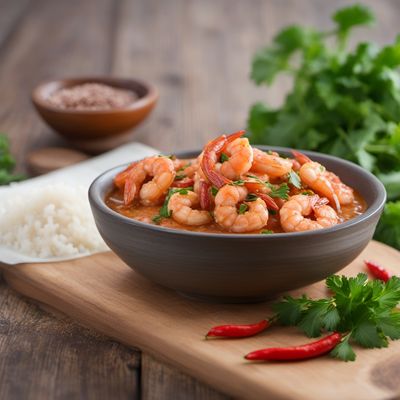
Casabe with Garlic Shrimp
Garlicky Delight: Casabe with Succulent Garlic Shrimp